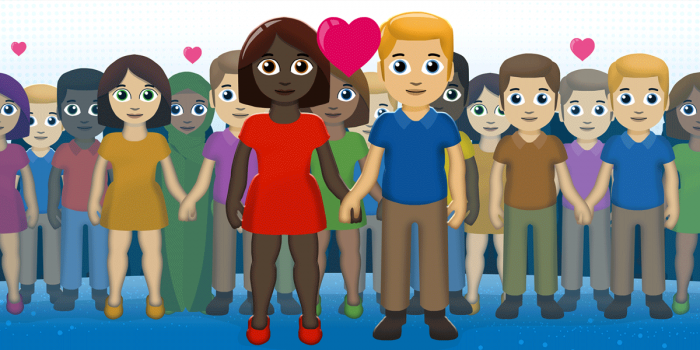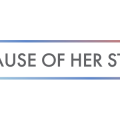Love in the time of Emoji
When a smiley face just isn’t enough.*

When LOL just isn’t enough to respond to a friend’s killer joke, emoji are there for you. But for many people, there isn’t an emoji to represent them or the things they want to say. This has pushed activists, designers, and straight-up regular folks to create their own emoji. It’s not as easy an undertaking as you might think, but every now and then one of these new emoji is so innovative it breaks the digital mold and finds itself in the Cooper Hewitt, Smithsonian Design Museum. In this episode of Sidedoor, we explore how one groundbreaking emoji is changing digital representation and the future of museum collections.
Listen now
How are emoji created? How are they evolving? How do they represent us? Since their origins in Japan in 1997, emoji have become ubiquitous, rising alongside digital communications. We use them playfully or to add snark or emotion to a text thread. They enliven or emphasize digital text. We use them to identify ourselves, and our moods, celebrations, foods, and holidays.
In 2020, Cooper Hewitt acquired the Person with Headscarf and the Inter-skintone Couple emoji for the museum’s permanent collection. Cooper Hewitt curator Andrea Lipps and Emojination’s co-founder, Jennifer 8. Lee explore the stories behind the emoji in the museum’s collection and more. Those emoji are also included in the feature-length documentary film, “The Emoji Story,” which premiered at the Tribeca Film Festival in 2019 and that explores the creation and evolution of emoji.
* Editor’s note: Of course, we can always use our words. But that’s so retro.
Posted: 1 December 2021
-
Categories:
Art and Design , Collaboration , Cooper Hewitt Museum , Education, Access & Outreach , Feature Stories







